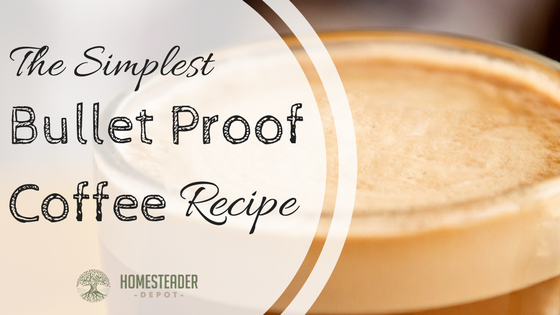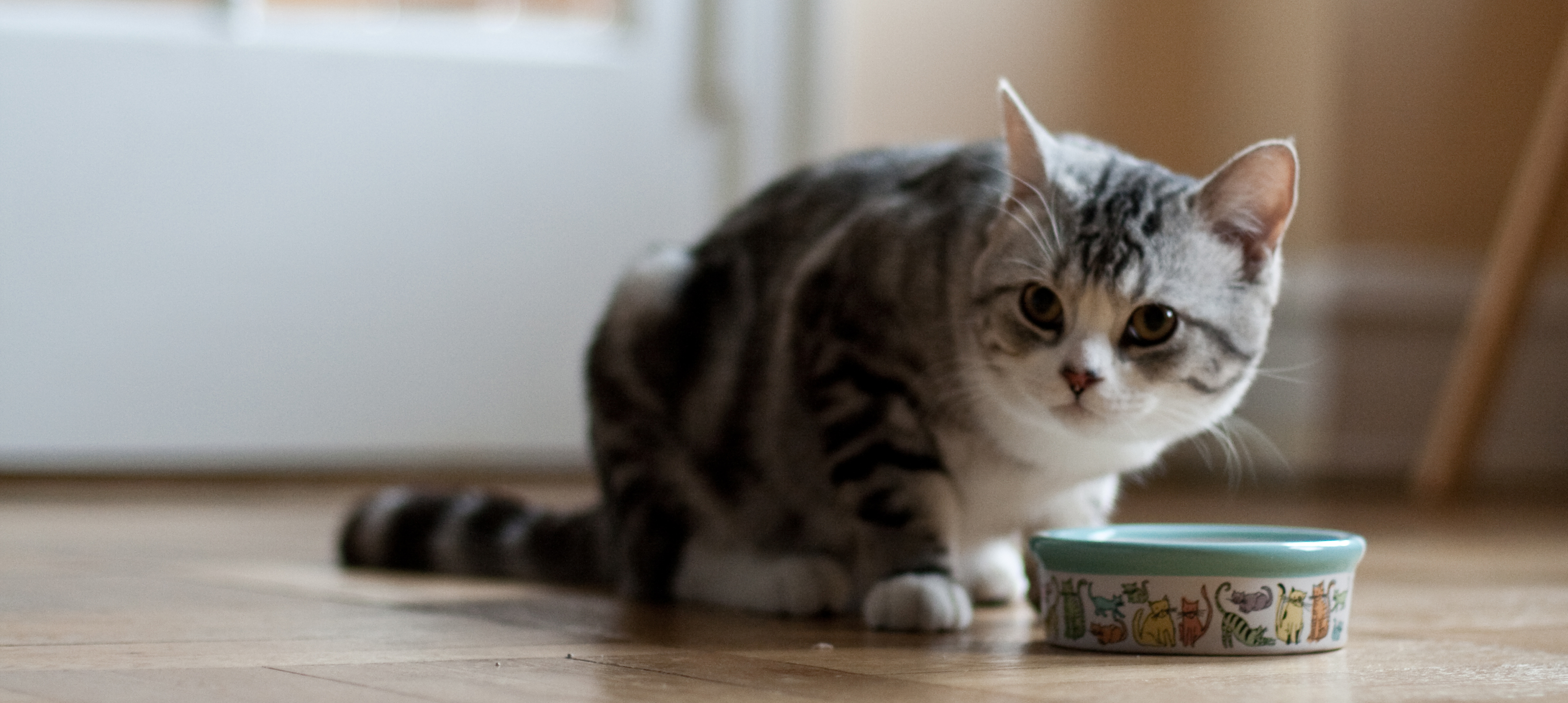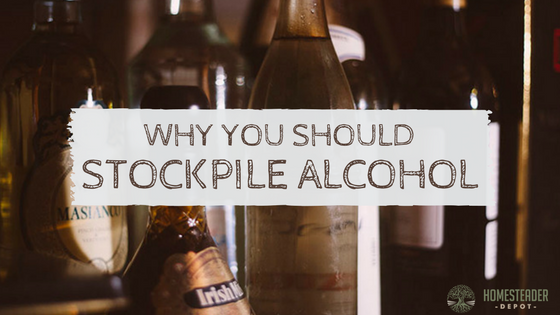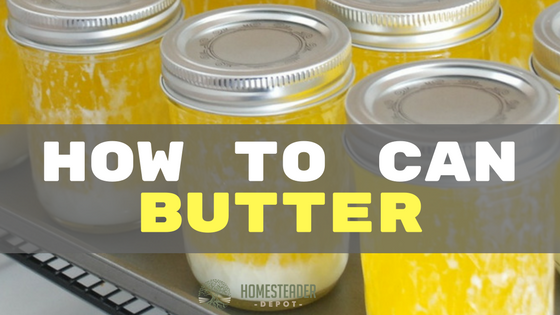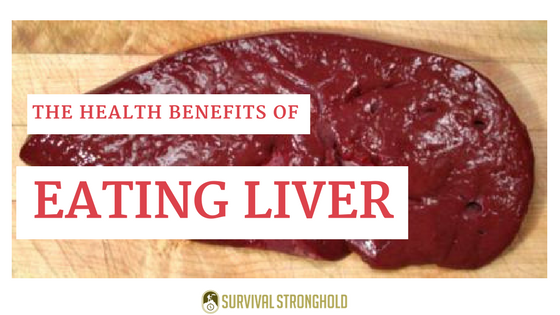Simplest Bulletproof Coffee Recipe
You may have heard of bulletproof coffee, which is gaining massive popularity among foodies everywhere. It is an aspect of the bulletproof diet, a book and diet plan designed by a man named Dave Asprey, that focuses on lots of good fat, moderate protein, and low carbohydrates. Healthy fats are making a huge comeback, after decades … Read more

